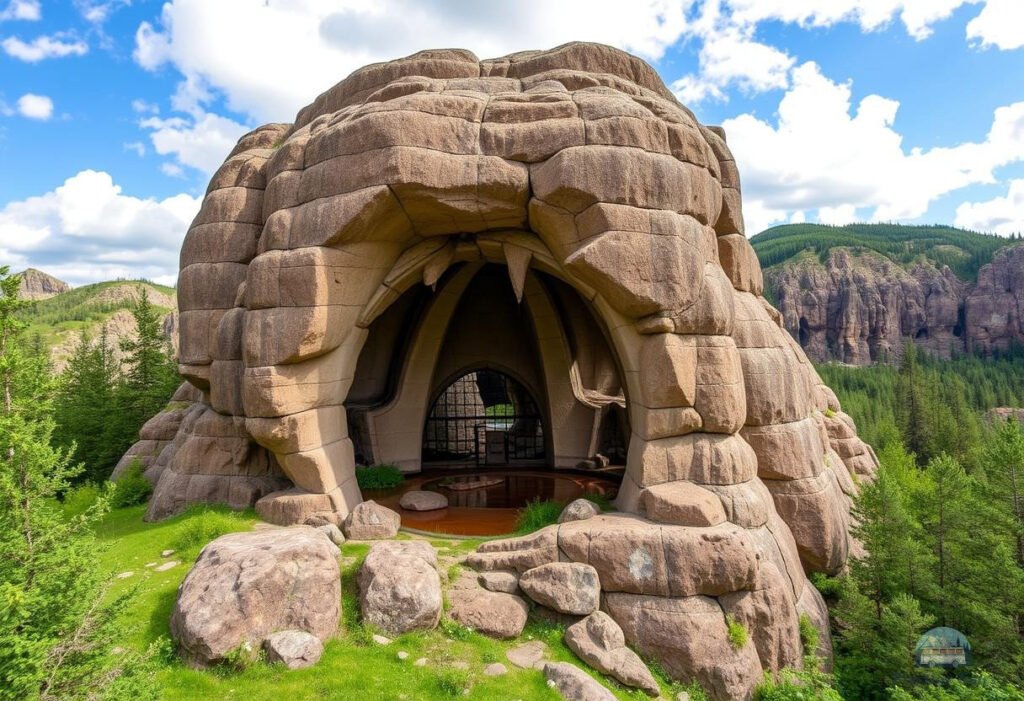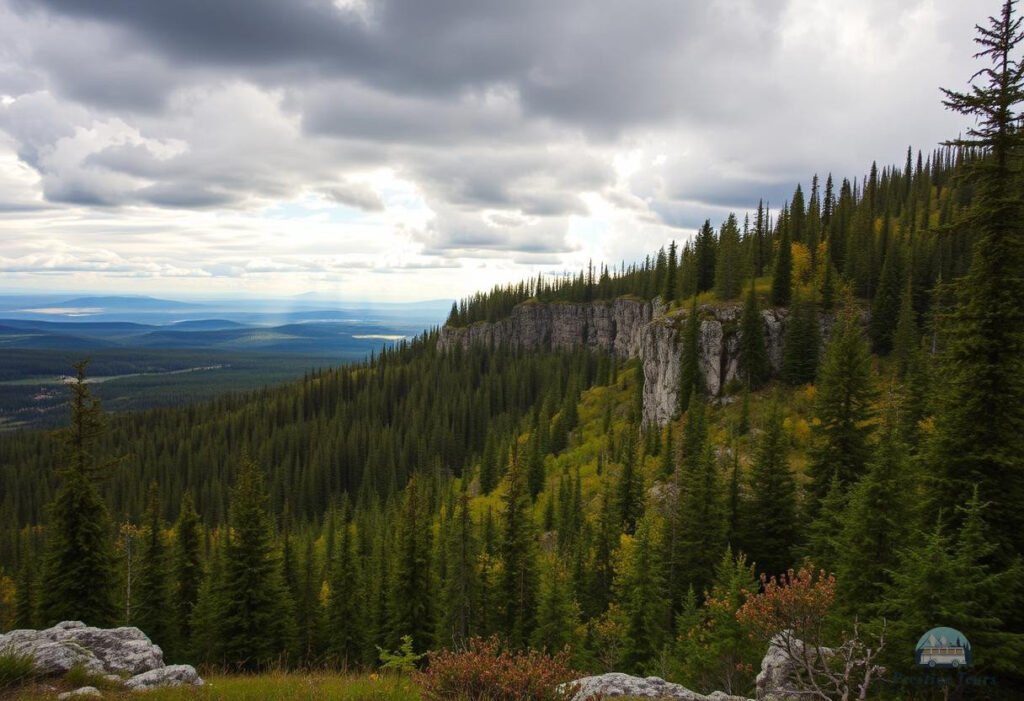Introduction to the Sacred Mountains
Sacred mountains occupy a special place in the cultures of different peoples. Their grandeur and uniqueness have become the basis of myths and legends that are passed down from generation to generation. These natural formations are perceived as symbols of the connection between man and higher powers, as well as repositories of spiritual knowledge and customs. In this context, sacred mountains are not only objects of worship, but also places where natural spirituality manifests itself, personifying harmony with nature.
Famous Sacred Mountains of the World
Mount Kailash: Myths and Pilgrimage
Mount Kailash, located in Tibet, is considered sacred in Buddhism, Hinduism, and Jainism. According to legend, the mountain represents the temple of Lord Shiva, and every summer thousands of pilgrims walk around it. Myths about Kailash are associated with spiritual purification and the desire for enlightenment, which gives the pilgrimage special significance. There are many rituals and ceremonies around the mountain that help people establish a connection with invisible forces.
Mount Fuji: Legends and Symbolism in Japanese Culture
Mount Fuji, towering over Japan, is a symbol of the country and an object of worship. In Japanese mythology, it is considered sacred and is called upon to protect the land from harmful influences. Superstitions and legends about Fuji convey an idea of its greatness and secrets. Every year, thousands of tourists visit the mountain to enjoy its beauty and feel the spirit of Japanese culture, turning to its myths and traditions.
Natural spirituality and connection with nature
Ecological aspects of sacred mountains
Sacred mountains play an important role in ecology, providing unique ecosystems and habitats for many species of animals and plants. These mountain regions are protected in most countries as sacred places, which helps to protect the environment. In addition, sacred mountains inspire people to create traditional practices related to the conservation of nature, teach respect for ecosystems and harmony with the surrounding world.

How Nature Shapes Myths and Rituals
Nature has a direct influence on the formation of myths and rituals associated with sacred mountains. The aesthetics and sacred nature of mountains encourage people to perceive them as sources of connections with higher powers. Myths surrounding sacred mountains reflect humanity's desire to understand its nature and place in the universe. For example, rituals associated with changes in seasons sometimes attempt to deepen the union of man and mountain, affirming their sacred power.
A Guide for Tourists: How to Explore the Sacred Mountains
Preparing for your trip: Tips and advice
Before setting off on a journey to the sacred mountains, it is important to prepare properly. The first thing to do is to study the information about the traditions of the locals and the customs regarding the holy places. It is recommended:
- Familiarize yourself with the rules of conduct in sacred territories.
- Observe environmental standards and minimize our footprint on nature.
- Study the weather forecast and be prepared for changing climate conditions.
Respect for the culture and spirituality of local people
When visiting sacred mountains, it is essential to show respect for the culture and spirituality of the local people. This may include performing rituals, observing local customs, and respecting symbolic objects. Every tourist should remember that these places have deep meaning for many people, and their behavior should reflect this understanding. More information about culture and religion can be found on the website UNESCO.
Sacred mountains are not only places of natural beauty, but also repositories of customs and traditions that shape our perception of the world. By exploring them, we can not only strengthen our connection with nature, but also gain a deeper understanding of the spirit of the communities that carefully guard their sacred places.












